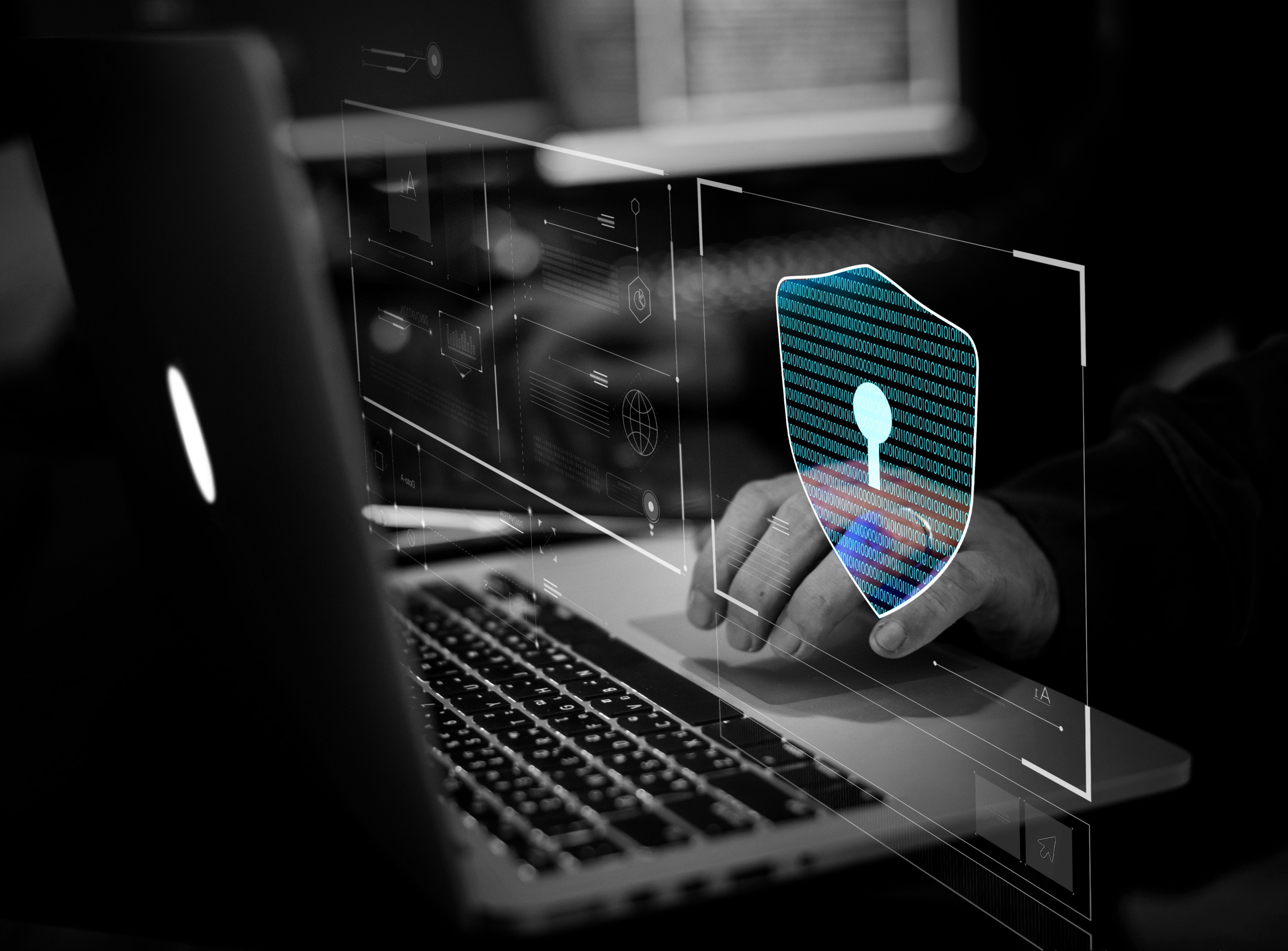Industry Dive: Understanding Technology and its Risk

Do You Understand Your Technology Risk?
How well do you understand your company’s technology risk? The fact is, while a company’s technology delivers endless benefits for employees and customers alike—particularly over the past year when a vast majority of the country’s workforce went remote—that same technology also exposes the organization to potentially devastating risk.
Enter technology insurance. A relatively new form of coverage, technology insurance provides coverage against any risk associated with the loss of intangible company-owned assets (e.g., software malfunction, loss of income due to a technology outage, data breach, etc.). With a comprehensive risk management plan that includes technology insurance, you can protect your business against the exposures that technology can present.
Here are some of the most common risk management-related insurance claims that we see:
- Breach of Warranty – Occurs when a seller fails to fulfill the terms of a claim or promise made relating to the type or quality of a product.
- Negligence – Occurs when a business fails to use reasonable care, resulting in harm or damage to a person or entity.
- Data Theft – Occurs when vital information (e.g., social security numbers, credit card numbers, addresses, etc.) is stolen. Companies are responsible for keeping customer data safe and confidential.
- Breach of Contract – Occurs when one party fails to meet the obligations set in a written or verbal contract.
- Copyright Infringement – Occurs when a company uses work protected by copyright laws without permission. If found guilty, copyright infringement can carry a hefty fine and possibly up to five years in prison.
Navigating the world of risk management insurance can be tricky. Here are a few important terms to know:
- Cyber Liability – A cyber liability policy is coverage that protects against damage from cyber-attacks, data breaches and other risks related to using electronic communications and data storage. Additionally, it can be used to cover the cost of damaged or lost data or systems. Note, the term “cyber liability” is often used in a broader sense to describe technology-related risk, and technology insurance protection in general.
- Cyber Property – Cyber property coverage can be described as the intangible property your company owns, such as the company website, data and networks. Failing to protect these intangible assets opens up your company to significant risk exposure. To protect your cyber property, you may need to broaden the current property enhancements on your existing policy.
- Data Breach Notification Laws – Varying by state, data breach notification laws outline a business’s notification obligations to individuals or entities affected by a data breach.
- Media and Intellectual Property Liability – Any content published on the internet is subjective to copyrights and infringement laws, and any negative content published online can be considered libelous.
As the landscape of technology continues to evolve and new risks are revealed, your company’s risk exposure will continue to grow. Contact us to learn how Hanson & Ryan can help you keep your business protected.



